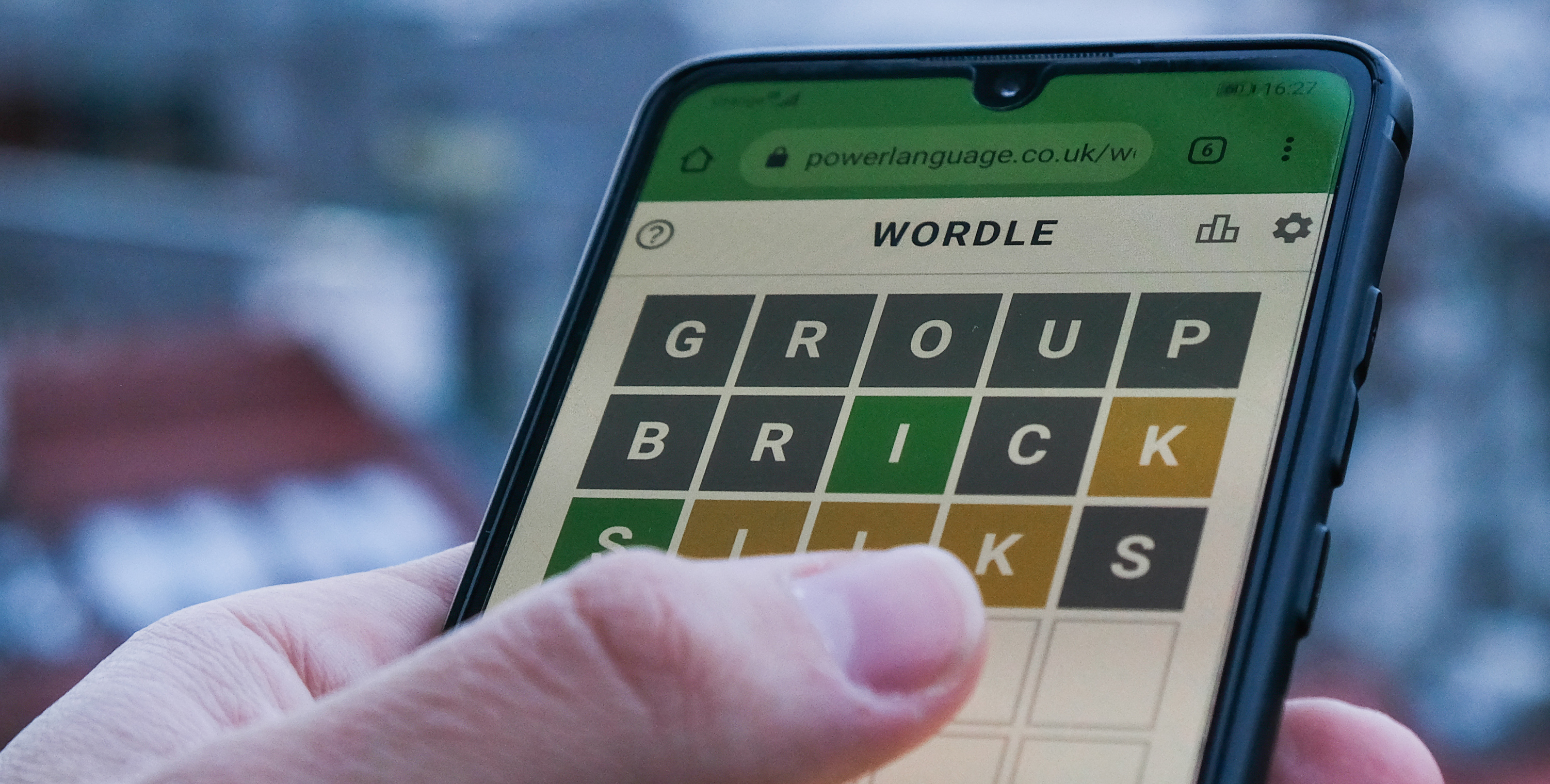
Turtle Beach VelocityOne Race Wheel and Pedal Set Review
For nearly 20 years, Turtle Beach has been largely known for its extensive selection of gaming headsets – but over the past couple of years the company has shaken up its slate with a new flight simulation range. Now it’s looking to take what it’s accomplished in the sky and translate it to the circuit with the VelocityOne Race wheel and pedal set.
As far as first attempts go, this direct drive race wheel and pedal combo is quite respectable for where it sits amongst the best racing wheels. However, there are a few question marks around the limited functionality of some of its more eye-catching flourishes, some areas where it could be a bit sturdier under pressure, and some key holes in game support on launch.
Turtle Beach VelocityOne Race – Design and Features
The VelocityOne Race wheel and pedal set, which is the first step in what will be an expandable ecosystem, comes with everything you need to set it up and race immediately. That is, there are no surprise table clamps you’ll also need to buy, or any other hidden costs; it’s all here, and that’s always welcome.
The VelocityOne Race wheel can be directly bolted to dedicated sim racing rigs, although my sim seat is a custom timber unit and has more in common with a traditional desk when it comes to mounting. For this, the VelocityOne Race wheel has a pair of table clamps integrated directly into the wheel base itself. The clamps (which can accommodate surfaces up to 50mm thick) are all-metal and are tightened with an Allen key. The Allen key comes in the package as a bespoke tool that extends from a custom metal grip. A shorter key would’ve given better leverage but I like the fact that the tool has a dedicated housing within the wheel base itself, so I won’t lose it (just don’t leave it in while you’re racing; it makes a massive racket as it clatters around like crazy, and makes an otherwise whisper-quiet direct-drive wheel base rattle like an old gear-driven one).
Thanks to their metal construction, the clamps feel satisfyingly sturdy. I was pleased to be able to tighten them up considerably more than I’ve ever felt confident enough to tighten the plastic clamps that come with the Logitech and Thrustmaster wheels that I’ve been using for the past several years.
The 5.62kg (12.39lbs.) unit does rock forward a fraction under force – the rear of the wheel base will slightly lift with downward pressure on the wheel – but it certainly never felt unstable, and I haven’t had to re-tighten the clamps even after several days of regular use.
The wheel base itself has the appearance of an older (and larger) belt and pulley-type, although it’s actually just a plastic shell housing a direct-drive system. For those of you who prefer the smaller and more utilitarian look of boxy modern direct-drive wheel bases (like Fanatec or Moza, for instance) the VelocityOne Race wheel base may seem a bit plump in comparison, but there’s nothing inherently unpleasant about it (and, admittedly, some of that girth is dedicated to housing its integrated display).
Visibility for the trapezium-shaped display has been well considered, and my view of it through the wheel is entirely unobstructed. The D-shaped wheel itself is 300mm (11.81”) in diameter, which I find a great and realistic size for my sim racing and driving purposes. It’s just a hair smaller than the wheel rim on the Thrustmaster TS-XW Racer I’ve been using for the past several years (which itself is a 1:1 scale homage to the real-life Sparco P310 Competition wheel).
The contouring on the VelocityOne wheel feels comfortable and, while I have a personal preference for wheels trimmed with suede, the leather-wrapped rim is nicely stitched and feels appropriately grippy. The exposed plastic face of the wheel has been given a carbon fibre appearance; I prefer simple, exposed metal but this is nice enough. The buttons and selector wheels feel fine and are easily reached, but they do get a little washed out under the customisable backlighting.
The magnetic shifter paddles have a decent, clicky action, and there are two additional analogue paddles that can be used for clutch, throttle, brake, or handbrake.
The wheel rim attaches to the wheel base via a ball-bearing style quick release system that’s similar but not identical to quick release systems currently used by other steering wheel manufacturers. Lifting the quick release collar to snap the rim to the base is straightforward, and the connection feels very rigid. If there’s any movement between them, it’s not something I’ve detected while racing.
A further attachment for the wheel base is an eye-catching button box which features an array of buttons, rotating dials, and switches (including a cool, military-style missile switch cover over a large metal toggle). The button box slides in and attaches to the base very easily, but the thin metal strip it’s mounted on does allow it to wiggle a little under pressure. The bigger problem with the button box, however, is functionality related – which we’ll assess in a moment.
The pedals come with an accelerator, brake, and clutch (which can be laid flat if you’d prefer that third pedal out of the way). The brake can also be shimmied left or right slightly depending on whether you want more space between the brake and accelerator, or less). The brake has a 50-kilogram load cell, while the clutch and accelerator have adjustable springs. Adjustments to those springs are easy and made by hand, but the effects of said adjustment felt pretty minor under my feet. Grip pads for both carpet and smooth surfaces are provided in the package; I found the latter useful to level the pedal box on my sim setup. A note for those of you play with a desk set-up and may use a wall to rest the pedal box against to prevent it moving – the port to connect the pedals to the wheel base (or your PC) is on the front and not the side, so you will need an amended solution to account for the cable. The braided cables and recessed ports are good, but you won’t be able to have the cable smooshed between the pedals and your wall.
Turtle Beach VelocityOne Race – Performance
As a direct-drive wheel, the differences between the VelocityOne Race and the gear-driven and belt-and-pulley wheels I’ve primarily used for many years are stark. It is, without question, a significant improvement. Force on the wheel comes on smoothly and instantly, and it does so silently (once I removed the clamp tool, that is). The VelocityOne Race has 7.2Nm of torque, which feels very firm and entirely sufficient for the games I’ve tested over the last week.
Overall feedback strength can be instantly adjusted on-the-fly via a dedicated dial on the button box, but that does bring us around to the core weakness of the button box: that is, it’s a good idea hamstrung by a number of annoying caveats. The problem is that there are a number of buttons on the button box that are hard-coded to perform specific functions. The large ENGINE START button, for instance, is the wheel’s ‘on’ button. This, unfortunately, puts users in a position where they have a lovely, round button that overtly says ENGINE START… that cannot be mapped with that function.
I imagine that’ll be a weird hurdle for PC players to encounter. On Xbox, where the ceiling for controls is typically limited to what can be assigned to a traditional controller, it’ll probably be less of an issue. The side effect of this on Xbox, however, is that the button box is simply limited to duplicating existing buttons on the wheel. At this point, it’s a little like the additional set of fret buttons on a Rock Band guitar, where you can play solos higher because… it looks cooler. I know looking cooler can be enough – as a giant dork, I will concede I did get a lot of pleasure from mapping convertible roof controls in Forza Horizon 5 to a toggle on the button box, but I admit it didn’t really add any actual functionality.
Just over two dozen racing and driving games are currently confirmed as compatible with the VelocityOne Race on Xbox, including the latest Forza Motorsport and Forza Horizon 4 and 5. I also tried a variety of others with plug-and-play profiles, including EA Sports WRC (which stills feels excellent despite its continuing tearing problems) and some deeper cuts like 2019’s Wreckfest and European Truck Racing Championship (which are Xbox One racers I still thoroughly enjoy).
At this moment, neither Assetto Corsa Competizione or F1 23 are working with the VelocityOne Race on Xbox. This is a massive shame right now, but it’s also something I’m sure will be addressed sharpish. Unfortunately, there are also no games on Xbox that currently support live telemetry being outputted to the wheel base’s screen.
That kneecaps the screen to a considerable degree for those of you looking to primarily (or only) play on Xbox, but it doesn’t mean the screen’s a total bust. It does remain crucial to navigate the wheel’s various options and menus. The interface is easy to use using the dial, select, and back buttons on the wheel rim, and adjusting options is all quite painless – whether that’s tweaking FFB settings or just switching the lighting colour. Multiple profiles are supported, too, so you can easily have different settings prepared for different games (or different users in your home).
There’s also a pretty nifty headset mixer included in the VelocityOne Race’s software, which is a nice touch and obviously plays to one of Turtle Beach’s prior strengths. There’s a 3.5mm audio jack provided on the wheel base.
Turtle Beach VelocityOne Race – Purchasing Guide
The Turtle Beach VelocityOne Race Wheel and Pedal Set is available from Amazon and Turtle Beach for $650.






